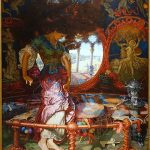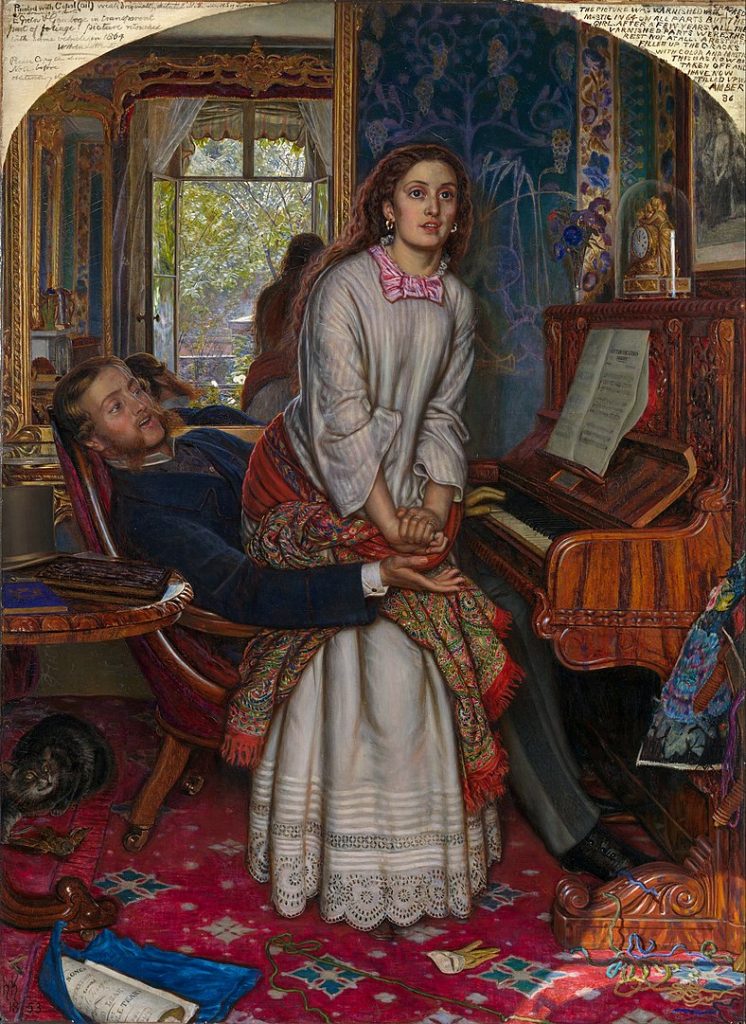
William Holman Hunt, a central figure in the Pre-Raphaelite Brotherhood, emerged as one of the most influential and controversial artists of the Victorian era. Born on April 2, 1827, in Cheapside, London, Hunt’s artistic journey unfolded against the backdrop of a rapidly changing world, marked by industrialization, social upheaval, and a fervent desire for artistic renewal. His life, characterized by artistic innovation, religious fervor, and a relentless pursuit of perfection, left an indelible mark on the art world of the 19th century.
Hunt’s early life was marked by financial struggles, but his artistic talent became evident at a young age. Encouraged by his mother and a chance encounter with artist John Varley, Hunt entered the Royal Academy Schools at the age of 17. His time at the academy exposed him to academic traditions but also fueled his growing dissatisfaction with the prevailing artistic norms.
In 1848, at the age of 21, Hunt co-founded the Pre-Raphaelite Brotherhood along with Dante Gabriel Rossetti and John Everett Millais. The Brotherhood sought to reject the academic conventions of the time and return to the detailed techniques and intense colors of early Italian Renaissance painters, particularly pre-Raphaelite artists. Hunt’s commitment to this cause was unwavering, and his art became a powerful expression of the Brotherhood’s principles.
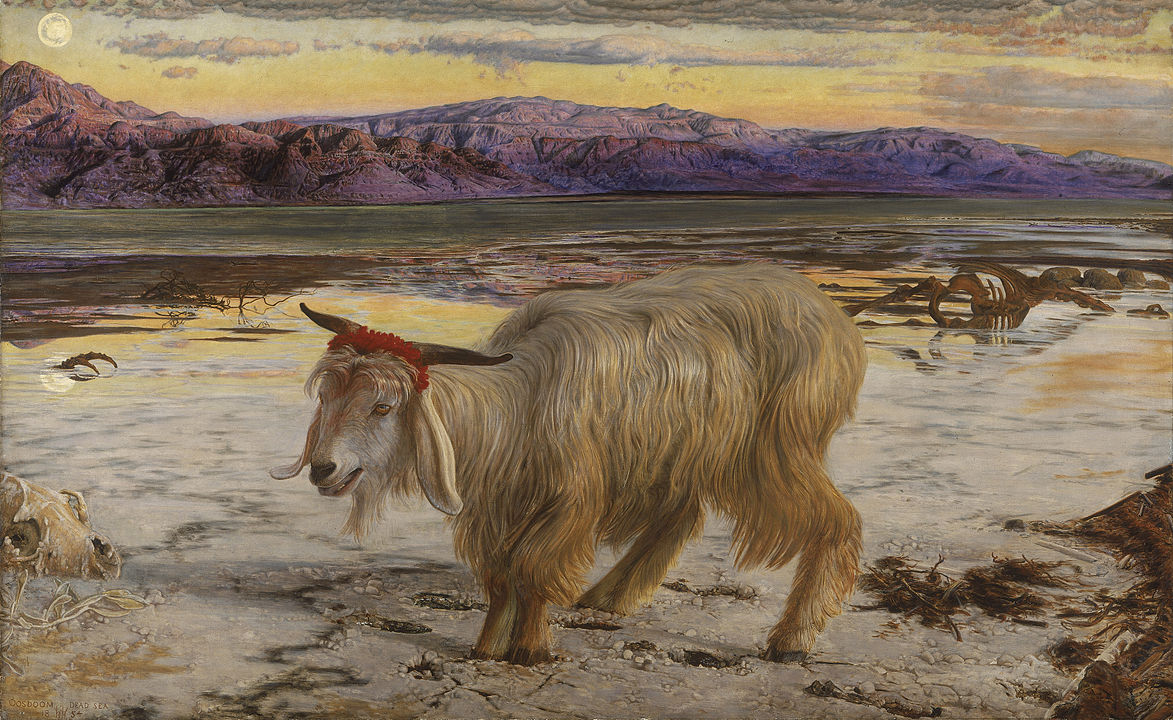
One of Hunt’s early masterpieces, “The Awakened Conscience” (1853), exemplified the Pre-Raphaelite emphasis on detailed, symbolic storytelling. The painting, depicting a woman rising from a man’s lap, explored themes of morality and redemption. Hunt’s meticulous attention to detail, vibrant colors, and the use of symbols reflected his dedication to creating works that were both visually stunning and intellectually challenging.
The Pre-Raphaelite Brotherhood’s commitment to truth to nature was embodied in Hunt’s approach to painting. He often worked directly from nature, placing a premium on accuracy and detail. This dedication was evident in works like “The Light of the World” (1853–1854), a deeply symbolic religious painting featuring Christ standing at a door, knocking. The painting, characterized by intricate details and symbolic imagery, became one of Hunt’s most iconic and widely reproduced works.
Religious themes played a significant role in Hunt’s art, reflecting his profound Christian beliefs. His works often combined religious narratives with realistic depictions, challenging traditional representations of biblical stories. Hunt’s religious paintings, including “The Scapegoat” (1854–1856) and “The Shadow of Death” (1873–1877), were imbued with emotional intensity and a commitment to moral and spiritual storytelling.
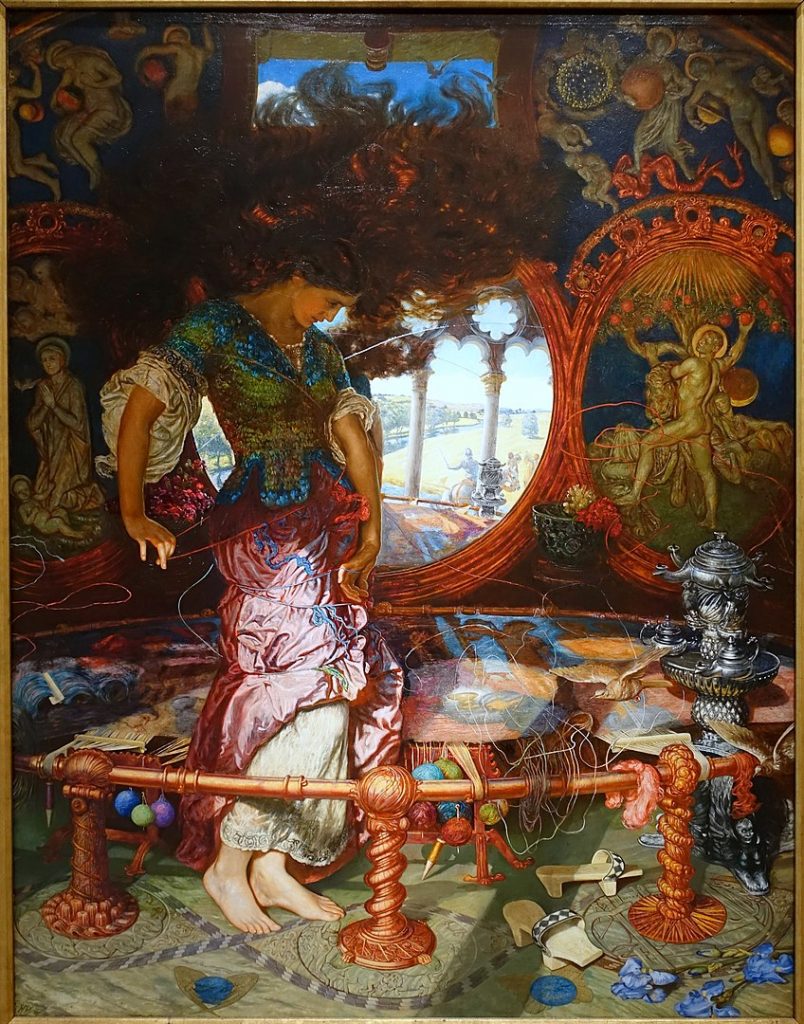
While Hunt’s artistic pursuits were gaining acclaim, his personal life faced challenges. The death of his wife, Fanny Waugh, in childbirth in 1866, was a devastating blow. Struggling with grief, Hunt sought solace in his art and embarked on a journey to the Holy Land. His experiences during this trip had a profound impact on his later works and reinforced his commitment to religious themes.
Hunt’s later career saw a shift towards grand historical and mythological subjects. His monumental painting, “The Triumph of the Innocents” (1884–1894), explored the theme of the massacre of the innocents, blending historical and biblical narratives. The scale and complexity of the work showcased Hunt’s technical prowess and ambition as an artist.
Despite the commercial success of some of his later works, Hunt faced criticism for what some perceived as an overly didactic and moralistic approach to art. His strong-willed personality and unyielding principles often led to clashes with critics and fellow artists. Yet, Hunt remained steadfast in his commitment to art as a moral force, believing in its power to elevate society and individuals.
In addition to his artistic pursuits, Hunt was a prolific writer and lecturer. His book, “Pre-Raphaelitism and the Pre-Raphaelite Brotherhood” (1905), provided insights into the artistic principles and ideals of the Brotherhood, offering a valuable perspective on their artistic revolution.
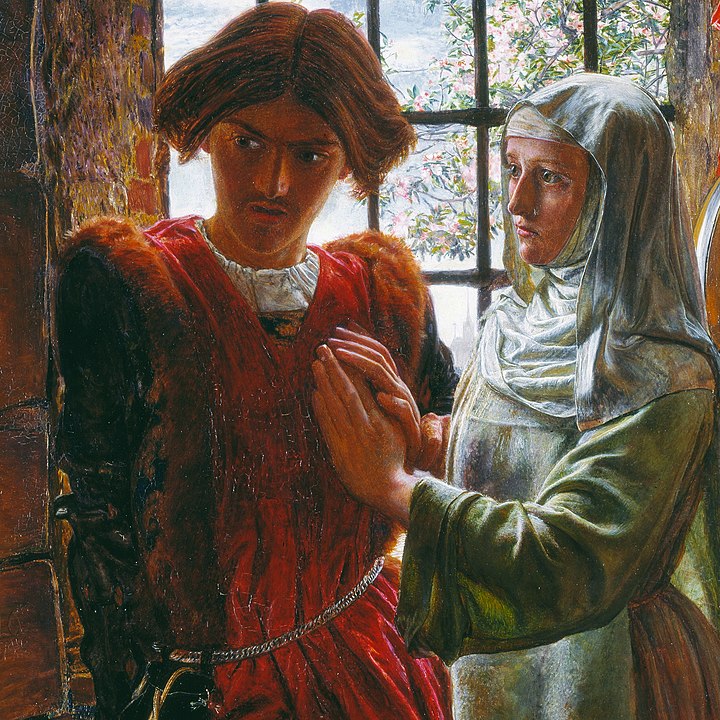
Hunt’s health began to decline in his later years, and he passed away on September 7, 1910, at the age of 83. Despite the controversies surrounding his art and personality, Hunt’s contributions to the art world were undeniable. He left a lasting legacy, inspiring generations of artists with his commitment to truth, beauty, and moral storytelling.
William Holman Hunt’s life was a testament to the transformative power of art. From the rebellious beginnings of the Pre-Raphaelite Brotherhood to the grandeur of his later works, Hunt’s artistic journey mirrored the complexities and nuances of Victorian society. His legacy endures in the halls of art history, reminding us of the enduring impact of those who dare to challenge the status quo and create art that transcends the boundaries of time and convention.


